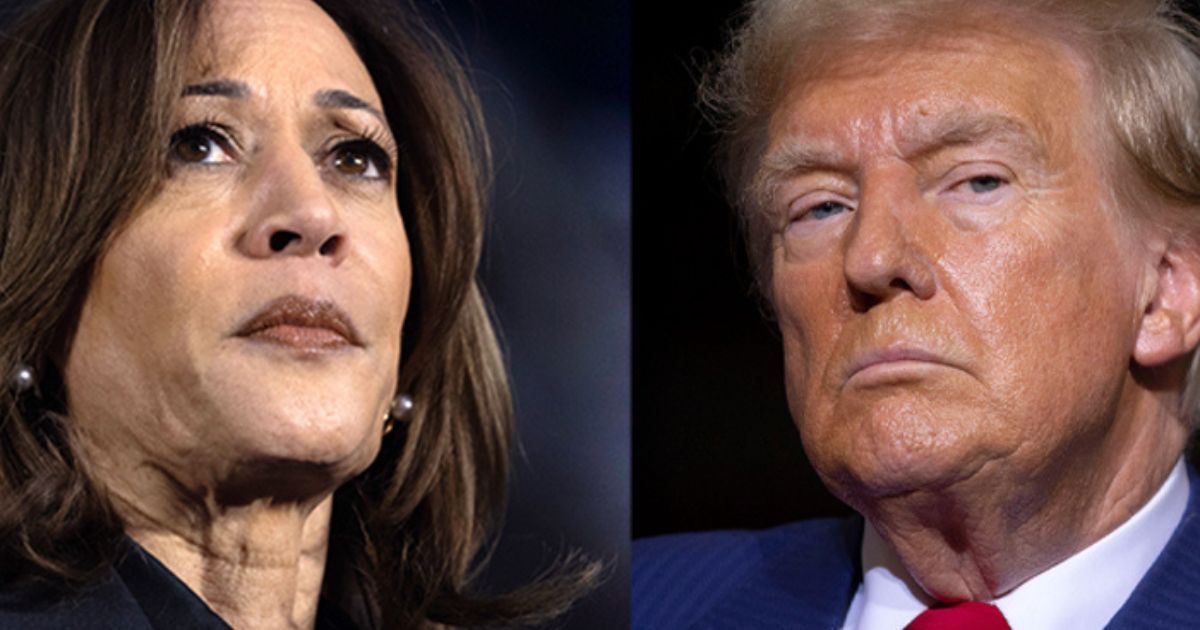Women worldwide are waking up to the news that no, America will not be swearing in its first-ever female president. Instead, Donald Trump, a man who holds 34 felony counts, 1 conviction, 2 pending cases, and 6 bankruptcies, will be the 47th President.
The implications of another Donald Trump presidency for women are far-reaching and unlikely to stay confined to American borders. From health care and reproductive rights to economic opportunity, workplace equality, and protections against harassment and discrimination, Donald Trump’s appointment will impact all corners of society and women are likely to again be at the policy changes.
Here’s a breakdown of how his presidency might affect women.
Reproductive Rights and Health Care
During his first term, Trump appointed three conservative Supreme Court justices — including alleged sex offender Brett Kavanaugh — which shifted the court in ways that ultimately led to the reversal of Roe v. Wade. This decision removed federal protection for abortion rights, leaving states to regulate or ban abortion. His return to the presidency will likely mean a continued emphasis on anti-abortion policies.
Funding for Women’s Health Services
Trump previously reallocated funds away from organisations that provide abortions, like Planned Parenthood, which affected broader women’s health services, including screenings and contraception access. His return might reinforce similar funding policies.
Health Policies Beyond Reproductive Care
Healthcare Access
The Trump administration made attempts to dismantle the Affordable Care Act (ACA), which expanded coverage for many women, including maternity care and mental health services. Another Trump term might see additional challenges to ACA provisions, potentially affecting women’s healthcare coverage and affordability.
Mental Health and Domestic Support
With the economic and social impacts of COVID-19 still affecting many women, particularly those who left the workforce, advocates are pushing for mental health support and expanded social services. It is thought that there may be a limited federal emphasis on expanding these services under Trump.
Workplace Equality and Harassment Protections
Sexual Harassment
Trump’s administration introduced policies that redefined protections that changed how colleges handle sexual harassment cases, which advocates argued might discourage survivors from reporting incidents. Another term might continue to emphasise these policies, potentially impacting campus and workplace harassment protections.
Violence Against Women and Girls
Trump’s administration allowed a key piece of legislation providing protections and resources for survivors of domestic violence and sexual assault, to expire before being reauthorised (with some limitations). This could potentially weaken protections and funding for programs supporting abuse survivors.
Equal Pay and Workplace Discrimination
Trump signed an executive order that rolled back the Obama-era rule requiring companies to disclose pay data by gender, race, and ethnicity, which was intended to address pay gaps. If Trump continues to reduce government oversight, addressing pay equity and workplace discrimination might be limited.
Women’s Financial Security
Taxes
Trump’s tax policies were widely beneficial to high-income earners but had mixed impacts on low- and middle-income women, many of whom work in caregiving, retail, and hospitality—sectors that were disproportionately affected by COVID-19. Further tax cuts could reduce funds available for social programs that many women, particularly single mothers, rely on.
Childcare and Family Leave
Trump’s administration advocated for limited paid family leave and childcare tax credits, but policy impacts were minimal. Women’s advocates argue that a stronger federal paid leave policy could benefit working women, particularly those balancing family and work responsibilities. However, another Trump presidency may continue to prioritise private solutions.
Criminal Justice Reform
Trump did sign the First Step Act, a criminal justice reform bill, which had positive impacts on sentencing reforms and early releases. However, his tough-on-crime stance around law enforcement might not align with advocates’ calls for police reform in cases of domestic violence and sexual assault, where many seek a trauma-informed approach to law enforcement.
Women in Leadership
Trump’s previous cabinet had a relatively low proportion of women, and his policies did not emphasise gender diversity in leadership. Women in public office and corporate leadership could see less emphasis on representation and gender equity initiatives under another Trump term.
In Summary
Women’s rights are likely to continue to be impacted and influenced by his policies, judicial appointments, and broader leadership style.
It is likely that another Trump presidency will have significant impacts on women, particularly in areas of reproductive rights, economic policy, workplace equality, and protections against violence.

